All the Tools & Technology Required
to Create Detailed Accident Reconstructions & Analysis
Accident Research and Biomechanics owns and operates all the investigative tools as well as analytical and visualization software used by accident reconstruction specialists today. That means we have the capabilities to test any findings being presented to the court for accuracy while utilizing data to develop science-backed simulations to refute inaccurate presentations, or simply factually portray the events as they occurred.
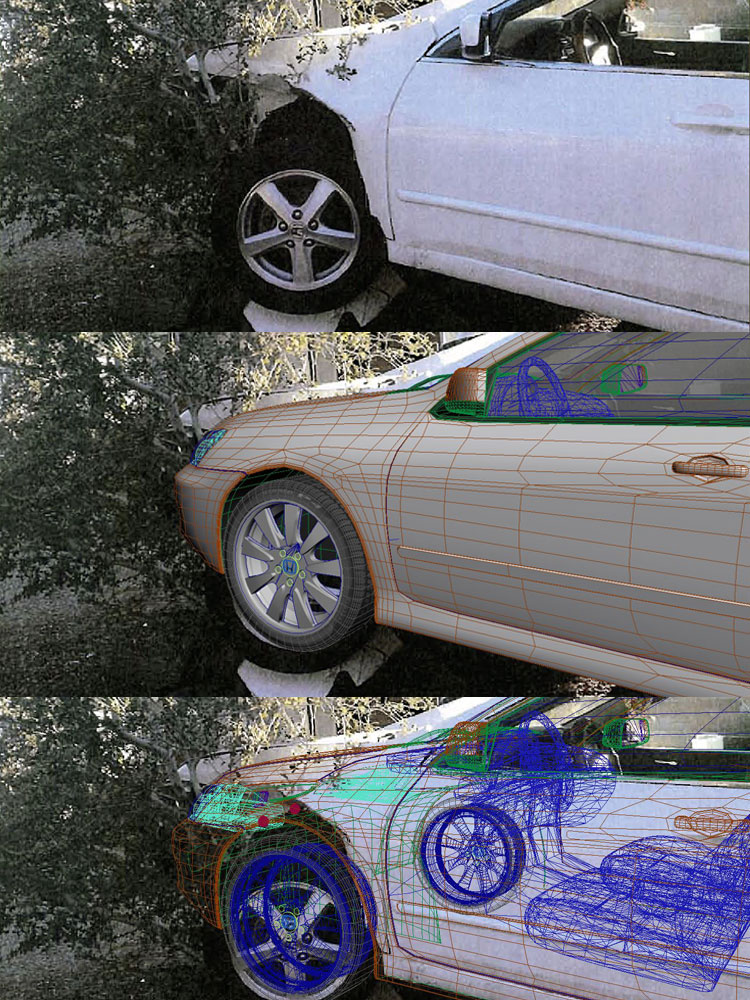
Vehicle Data Acquisition & Diagnostic Tools
Our specialists use these devices to extract and analyze the vehicle data that has been recorded and stored along with any available video. Our team will utilize data from any devices present during the event in order to gain more data about the vehicle’s movements before and during the incident. The discovery of these variables will aid in the creation of science-based simulations.
Accident Research and Biomechanics utilizes hardware and software to download ECM and Brake Module data for all heavy trucks and buses (except Volvo). The Engine Control Module (ECM) can be found in most heavy trucks on the road today. The data from the ECM is collected and stored in the Event Data Recorder (EDR), and when our specialists download the data from the truck’s EDR we are able to access a trove of information which helps us to reconstruct the event accurately. The download delivers information related to the truck’s speed, braking, clutch and throttle position, calibration data, and more. With that data, our experts are able to analyze the reports to ascertain which data points contain information that is related to the crash. Our experts are then able to utilize that data to more accurately distill the details of an event into a visual representation.
Most passenger vehicles, as well as trucks on the road today, contain an Event Data Recorder (EDR). The data recorded can be retrieved by specialists through the Diagnostic Link Connector (DLC). We rely on Bosch Crash Data Retrieval products, including hardware and software, to gain access to information about the vehicle’s status before and during a crash. Trusted internationally, law enforcement, auto manufacturers, government agencies and crash researchers of all types trust the Bosch brand when performing expert analysis on data gathered from a wide range of passenger cars, light trucks, and SUVs. Staying up-to-date on the most widely used data retrieval tools means our specialists can refute any inaccurate simulations presented to the court.
The most common technique in accessing data stored in the Event Data Recorder is utilizing the Standard Vehicle Network Interface, the SAE J1962 port (also called the OBD-II connector or the Diagnostic Link Connector, (DLC) is found on passenger vehicles and light trucks. Other methods are also available to access the vehicle data stored here, but the expertise of our specialists ensures the data extracted is reliable and consistent while preserving the source data for further investigation.
Accident Research and Biomechanics uses laser scanning to accurately record and analyze every detail of a vehicle impacted during an accident in order to provide definitive answers about how and why an event occurred. Our scanners record the details of the damage to the vehicle, capturing the measurement and placement of impact without degrading the evidence. This enables our specialists to create models of the vehicle which are then used in reproductions of the event, and clearly convey the path of the vehicle during the accident.
Scene Data Acquisition Tools
These tools allow us to capture the accident scene as-is before the evidence is cleared away and lost forever. The different scanners allow us to catalog irregularities in the road, the position of various pieces of evidence, and more. The ability to look back at the accident scene in critical in the development of accurate 3D visualizations.
When our specialists are called to an accident scene it is essential for them to obtain fast and accurate documentation to facilitate the accident reconstruction process. The 3D laser FARO scanners we use at Accident Research and Biomechanics provide our specialists with technology that is fast, accurate, and comprehensive, allowing them to quickly record all the data they need to bring the accident scene back to their computers.
This technology uses point cloud data collected from the laser scanner which allows our specialists to develop highly detailed 3D models and visualizations for use in the courtroom.
A total workstation is an electronic, optical instrument used in surveying which enables our specialists to capture important data at a crime scene which will then allow them to reconstruct the accident scene with computer technology.
The instrument is used to measure vertical and horizontal angles while mounted on a tripod. It also includes an infrared electronic distance meter to measure distances from the mounted station to a rod-mounted prism placed over an object found at the accident scene. Any data from the device is stored electronically, and used to later reconstruct the traffic accident.
When the field measurements are completed, the measurements are loaded into a computer program that our specialists use to reconstruct the scene back at their computer via a CAD program. This visualization can show the scene in three dimensions, move the cars at specific speeds, and display what the movements of the vehicles were during the event.
Our specialists use drones to capture aerial photographs and video footage of accident scenes, sometimes taking images of multiple acres to get a full picture of the event location. With this technology, we’re able to capture and geotag each image, while preserving the entire scene in 3D. This data provides in-depth insight into the accident’s cause and surrounding factors.
Once imagery is captured from the scene we can then mark up the images with notes, measurements, and annotations, and then it’s processed into high-resolution maps and 3D models for further inspection and to create presentations for testifying in the courtroom.
Video cameras enable our specialists to record details of the accident scene from all angles and record data that will prove critical in the process of creating scientific models of the scene, as well as 3D models.
Additionally, we use video cameras to create composite video representations of an event, shooting footage of a road, train tracks, or other areas and superimposing separate footage of people or vehicles in motion. This provides an accurate representation of the movements of those involved during an event.
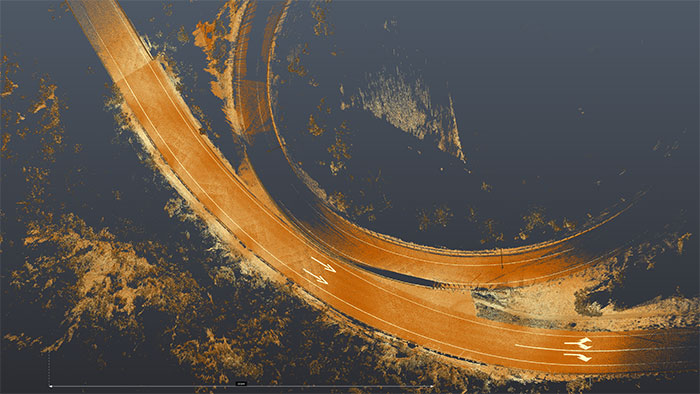
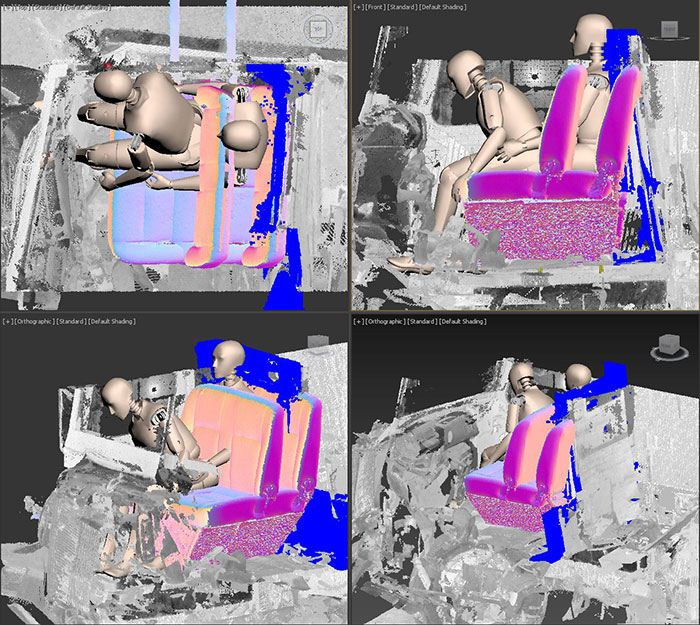
Research & Testing Tools
In the process of creating computer-based simulations, the use of tangible materials is often valuable. Creating tests in the field enables our specialists to view how different weight and speed affect impact, and the damages that impact has on vehicles, people, and stationary objects. All the data acquired during this testing enables us to fill in more variables and present accurate 3D simulations.
Data acquisition systems and sensors, including accelerometers, angular rate sensors, and load cells, are used by Accident Research and Biomechanics to measure the acceleration experienced during an impact event.
The specialists at Accident Research and Biomechanics execute research and testing to determine the acceleration and loads involved in an event. By using state-of-the-art data acquisition systems and sensors, we can measure the response of an object, vehicle or pedestrian involved in an impact event. Understanding the weight and speed of the vehicles involved in vehicle-to-vehicle as well as foreign object impacts enables our specialists to make the most accurate visualizations possible.
In order to achieve results as realistic as possible from a crash test, Accident Research and Biomechanics use crash test dummies in the field.
The motion characteristics and material properties accurately portray the movement of drivers, passengers, and pedestrians in an impact event, and through the analysis of both the damage caused by the dummy to the vehicle and the damages/injuries to the dummy itself, the collision speed can be determined within narrow limits. When we have a clear picture of these variables through testing we are able to create accurate data-backed simulations.
Accident reconstruction and simulation will often call for accurate measurement of speed and distance, so applying automotive testing methods to achieve this makes a lot of sense for our investigative specialists. When the evidence gathered from recreating the conditions in which a collision occurred needs to be presented in a court of law, being able to present the data in as straightforward a manner as possible is vital – video is the perfect solution, making it more simple to convey difficult or complex information.
Our specialists rely on 3D printers to create demonstrative evidence for accident reconstruction where a physical model will convey the event most clearly.
Design & Video Analysis Software
Various modeling software enables us to use the measurements, evidence, and vehicle placements to create accurate models of the roadway, vehicles, and other elements involved in the incident. The creation of these models is essential in developing static presentations as well as motion.
AutoCAD is computer-aided design (CAD) software which enables our specialists to create precise 2D and 3D drawings. We use this program to create scene and event reconstruction diagrams for accurate simulations.
3DS Max is a 3D computer graphics program our specialists use to create 3D simulations, models, and images. When our event findings are best viewed with the rich detail made possible by a graphics program we turn to 3DS Max.
Nuke X is a video editing and finishing tool which enables us to create our composite simulations as well as work with video data to create the most clear, accurate visual representation of the event as we possibly can.
iNPUT-ACE enables our specialists to gain access to the video evidence they pull from public cameras, in-vehicle cameras, and other proprietary CCTV sources, no matter their original format. The software also allows our analysts to enhance video images to pull out critical visual data during their investigation.
The PhotoModeler software extracts measurements from photographs taken with an ordinary camera and creates digital model representations. From there, our specialists can use these models to create accurate event simulations.
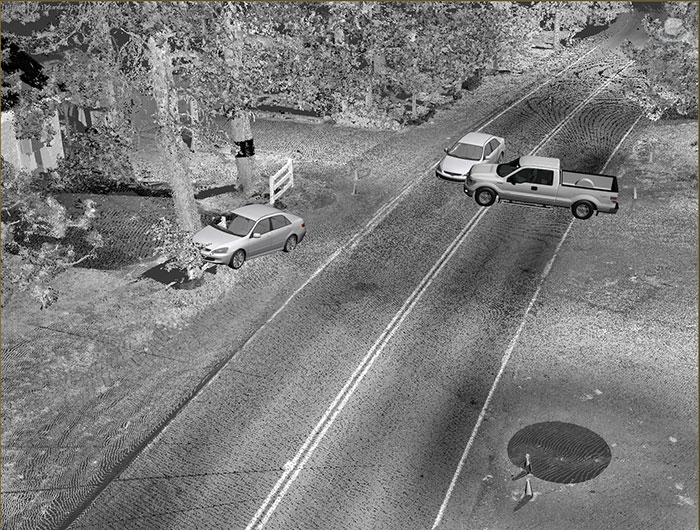
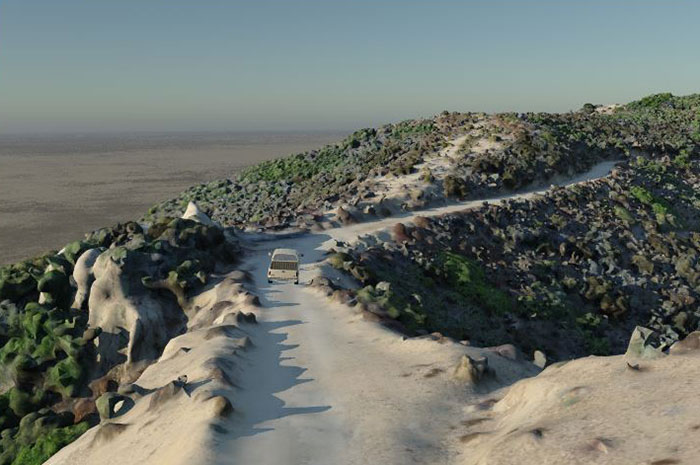
Motor Vehicle & Collision Dynamics Software
3D collision software allows us to utilize all the data we have gathered, including the speed, weight, braking pattern, and more to simulate the trajectory of the vehicles and pedestrians involved in the accident. The models we create are utilized within this software to develop the visual representation of motion and impact, all based on each piece of data we collected from the scene and the vehicles.
HVE-Crash performs reconstruction analysis of single- or two-vehicle accidents, including collisions. Primarily designed to determine impact speed and delta-V, or the measure of impact severity, the analysis is based on accident site and vehicle damage measurements. Our specialists also utilize this software for collisions involving immovable barriers.
SIMON delivers a dynamic simulation of the response of one or more vehicles to driver inputs, environmental factors, and collisions between vehicles. The software takes advantage of all the rich features available in the HVE simulation environment to fully utilize all the details available regarding braking, ABS activity, driver models, tire-terrain models, tire blow-out models and more in the creation of the simulation.
DyMESH uses a 3D vehicle mesh with mechanical properties as input and produces vehicle-fixed collision forces and moments as output. Where a finite element analysis requires several hours or sometimes days, a simulation created with DyMESH is complete in a few minutes, enabling our specialists to deliver their findings quickly and accurately.
PC-Crash is a software program designed to create collision and trajectory physics simulations. It enables our specialists to execute accurate analysis of a wide variety of vehicle collisions with results viewed in 3D, along with detailed reports, tables, and graphs.
Virtual Crash allows specialists to build accurate environments, simulate vehicle dynamics and collisions, and create detailed and accurate visual aids designed to visually convey the events of an accident.
MSMAC is an accident reconstruction software program which utilizes land or structure survey information and vehicle data to produce a 3D collision simulation.
